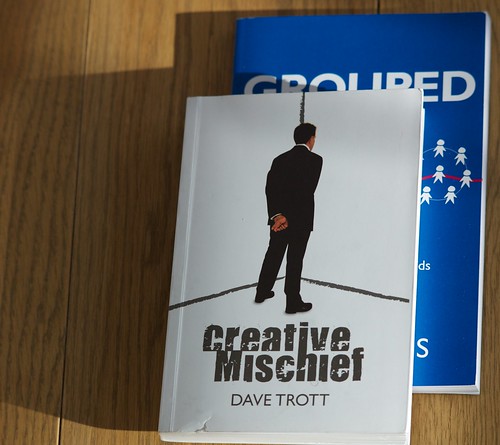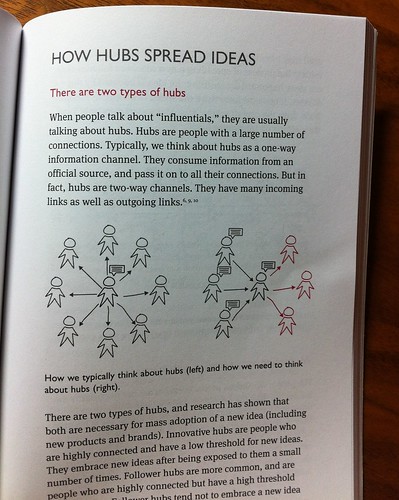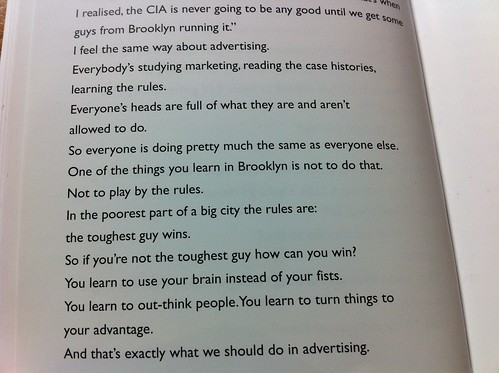+Tim O'Reilly likes to talk about "creating more value than you capture." The obvious logical alternative to this is "capture more value than you create."
However I suspect that this is a false dichotomy. I think we've missed something. It's possible for a vendor to create more value than they capture and yet, by building a new network, ensure that the surplus value eventually flows back to them. This ends up primarily magnifying the value of their network rather than the wider web.
For instance a post on Tumblr is easier to reblog, if you have a Tumblr account, than to re-post elsewhere. It's easier to 'follow' a tumblr than to subscribe to the RSS/Atom feed for that same tumblr. Tumblr's bookmarklet makes sharing to your tumblr easier than cutting and pasting it elsewhere. By building proprietary solutions that have a better user experience than the open solutions, Tumblr created a situation where sensible people act in ways that keep them inside the Tumblr network. This is more like a gated community than a walled garden precisely because the members of this network made an informed choice and are happy with the consequences of being inside it.
The hidden assumption in Tim O'Reilly's thinking was that the network that would primarily benefit from all this surplus value was the web. But it turns out that large social networks and large blogging networks and other sites that host large numbers of activity streams are the primary beneficiaries. We can see this in Tim O'Reilly's examples from his original presentation which primarily focusses on Twitter and the benefits for Twitter users. At the time making a distinction between Twitter and the wider web would have seemed nonsensical.
Today we realise that creators go where they can reap value and that's increasingly in networks (like Twitter, Tumblr, LinkedIn's Influencer platform, Google+, Medium, Instagram, etc) which can help them easily discover a community that cares deeply about their creations. We also realise that the necessary walls (which take the form of privacy controls and API restrictions) between these networks and the wider web means the networks can benefit from Reed's Law and grow their value in proportion to the number of such communities that are formed rather than just the number of users.
Every creator and their audience forms a new community where value can be created and captured. Some of these communities may even be generative. They may be creating more value than they capture. So where is that value flowing?
If you own a network where people create more value than they capture then most of that surplus value flows to you rather than to the wider web. The challenge for the owners of these networks is to invest that surplus value back into the wider web in the hope that they'll reap even more surplus value in the future. The challenge for those who believe in the virtues of the wider web is to show these network owners how they can contribute to and benefit from the wider web.



